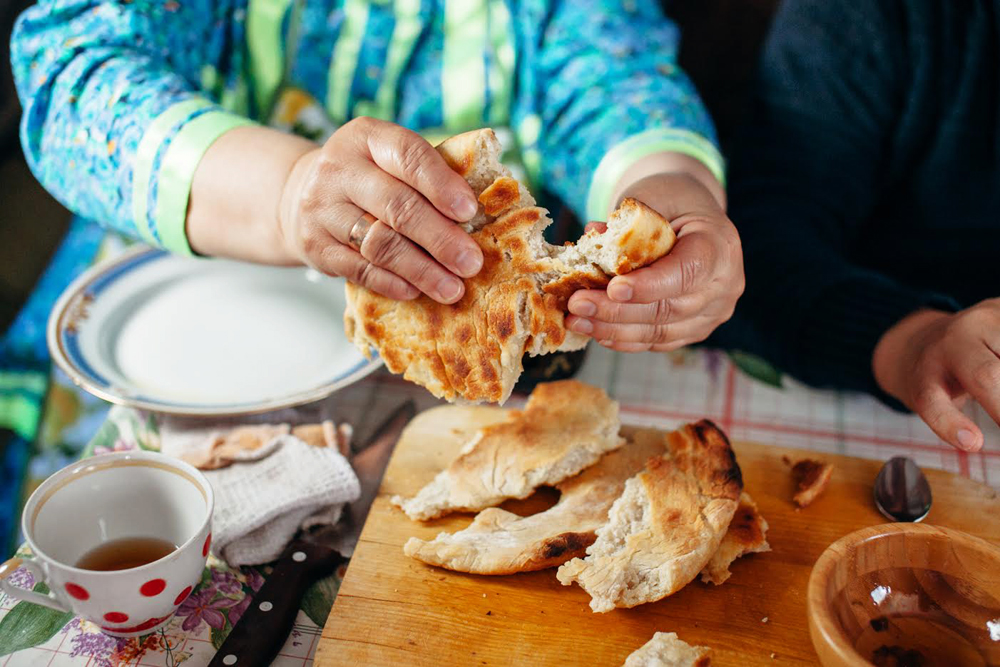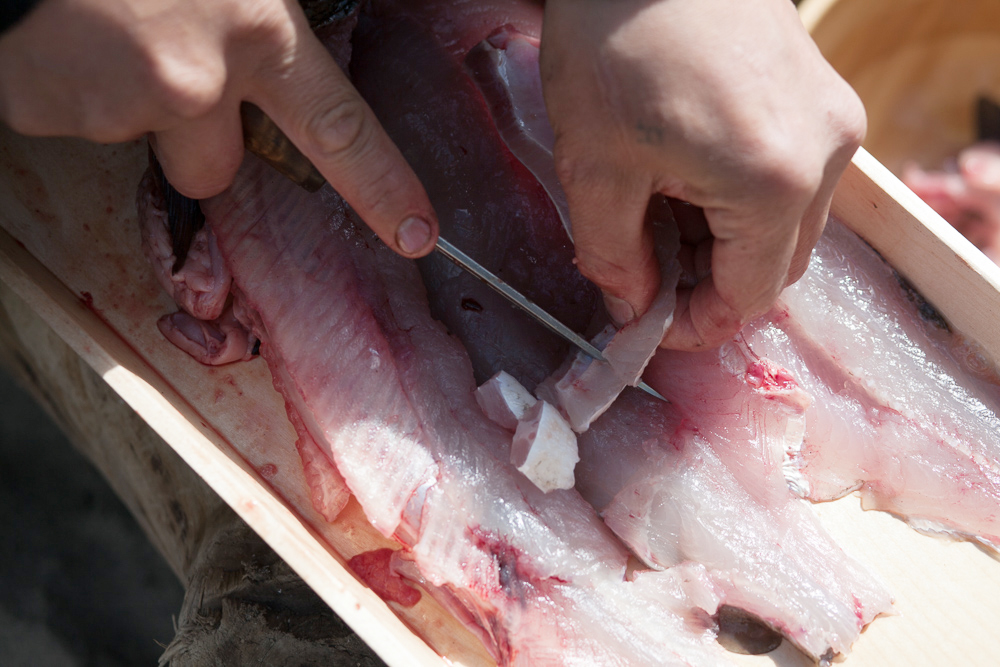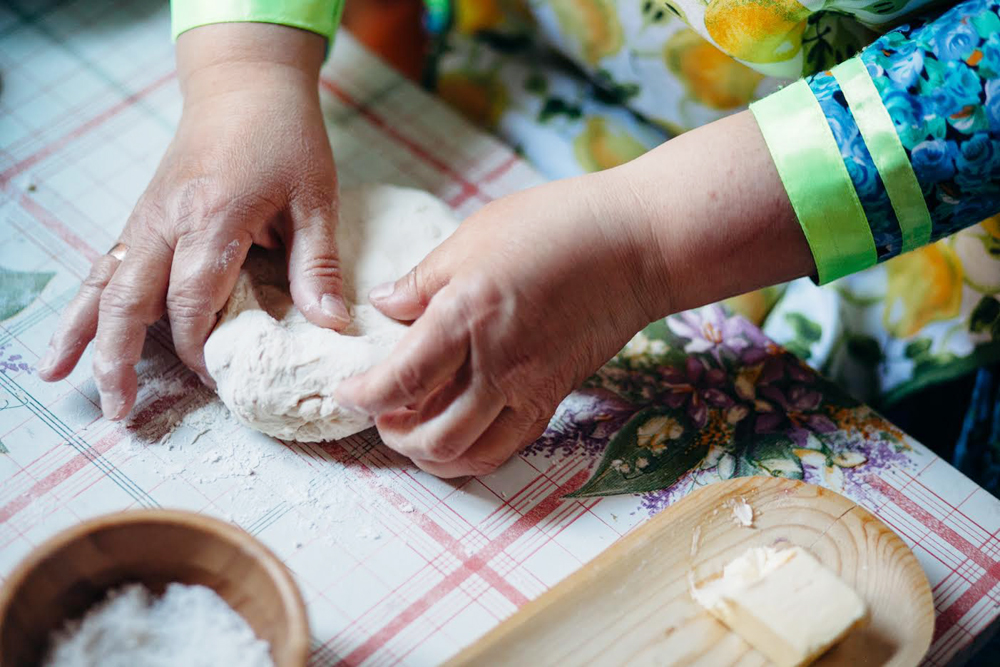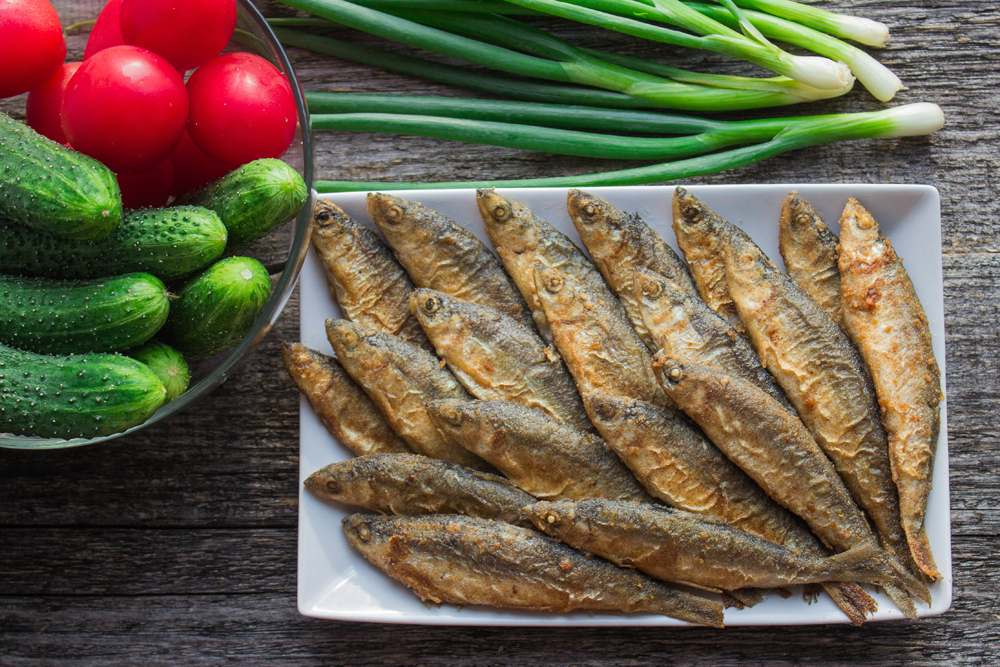Indigenous cuisine: Dishes worth trying in northern Siberia

Think you've had it all? Try these northern delicacies: They may be unusual, but they're delicious
Anton PetrovYakutia: Suguday
Since time immemorial different peoples north of the Arctic Circle whose nomadic lifestyle was traditionally based on reindeer herding, hunting and fishing, ate mostly meat and fish. Preparing delicacies such as reindeer soup, yukola (dried fish) or quail on flat thin planks in the city today would be quite difficult, as the products and methods for dishes are too complicated. Nevertheless, one fish dish of the peoples of Yakutia, called suguday, can still be made at home and it's worth the effort.
 Source: Anton Petrov
Source: Anton Petrov
Suguday is raw whitefish that has been gutted and cut into slices. In ancient times indigenous people did not even salt it, as salt was only later brought to the northern regions by Russian merchants. It was quite an expensive commodity, so not every family could afford it. The only seasoning nomads used was wild onions that grew along the banks of rivers or small lakes.
 Source: Anton Petrov
Source: Anton Petrov
Preference was given to whitefish: Broad whitefish, lake herring and Siberian white salmon. Less often suguday was made from Arctic cisco or white salmon. In the 20th century this dish became popular at Russian restaurants: Raw fish was seasoned with salt, onions, oil and sometimes vinegar. Today suguday is something like a gastronomic greeting card for Siberia.
How to prepare
Clean the fish’s scales, guts and separate the backbone from the flesh; it’s best to do so starting from the tail. Cut the fish fillets into small pieces; add a little salt, oil and finely chopped spring onions.
 Source: Anton Petrov
Source: Anton Petrov
Some northerners add vinegar to their suguday, but we do not recommend doing this, as the fish will lose its natural taste.
The Taymyr Peninsula: Dolgansky bread
Like salt, bread in the North has long been a rarity, as flour in the Taimyr Peninsula in northern Krasnoyarsk Territory could only be brought in by merchants. But in the 20th century, when indigenous peoples such as the Dolgans, Nganasans and Nenets became incorporated into the USSR, their cuisine started to adapt to Soviet culinary traditions. For example, Dolgans began to make reindeer pelmeny (dumplings).
At the same time bread became quite popular. Still, the Soviet culinary school could not displace the ancient gastronomic traditions and habits of the northerners. For example, Dolgans never stopped greasing bread with goose fat and they still serve blueberries or cloudberries with condensed milk and sugar for desert.
Ingredients:
- 4 cups of flour
- 100 grams of yeast
- 1 teaspoon of salt
- warm water
How to prepare
 Source: Anton Petrov
Source: Anton Petrov
Use the ingredients to make the dough and put it in a warm place. Wait until it rises. Preheat a frying pan, grease it with goose fat and pour the batter into the pan. Wait until first bubbles appear on the surface followed by a golden crust.
 Source: Anton Petrov
Source: Anton Petrov
Then gently turn the half-baked bread over onto the other side. When ready remove the bread from the pan and coat with goose fat or melted butter.
All rights reserved by Rossiyskaya Gazeta.
Subscribe
to our newsletter!
Get the week's best stories straight to your inbox
